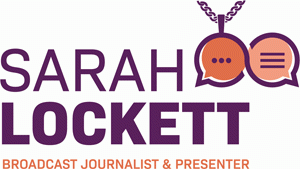If you think you know the answer to this question, “Headlines!” you’re shouting. And I am the first one to agree. I roll my eyes and switch off when there’s lots of text on the screen – whole paragraphs – which the presenter just reads out – badly, stumbling, swallowing their words, trying to rush.
But hear me out (and don’t worry, I am going to come down on the side of headlines in the end).
What if a lot of your audience are not native English speakers and struggle to follow all the idioms of your presentation? They like to have the words on screen, to confirm they’ve understood the detail, the full meaning and the nuance of what you’re saying.

This is rather like having the subtitles on TV, which I am increasingly doing – especially, for some reason, for Scottish (eg Outlander)!
Although I always try to tailor my delivery to the group, speaking more clearly and slowly for a non-UK crowd, idioms and colloquial phrases creep in. So I am a bit conflicted on this one: I can see the reasoning behind putting – more or less – the whole of your script on the screen, when your audience is very international.
But on balance – and because 65 percent of us are visual learners – I opt for photos, pictures, very simple diagrams, the odd list, which I explain, and so on. Think TV News graphics, which are pretty colourful and simple compared to, say scientific graphs and bar-charts.
In one of my remote training sessions, one of the slides just says “Length Matters” with a picture of a stopwatch and the number 18. How’s that for intriguing?! The idea is: a bit of humour, and you’re curious to hear what I am going to say 🙂 So yes: simple, colourful, not too distracting unless you are going to refer extensively to what’s on the screen and/or are going to ask questions of your audience. But I am happy to be persuaded otherwise 🙂

